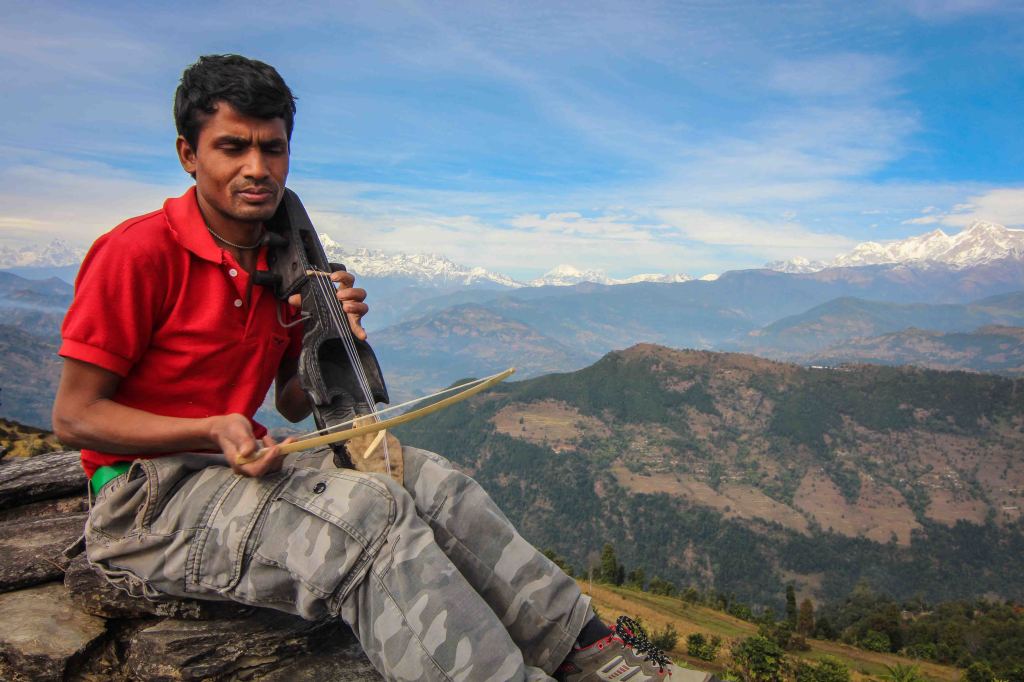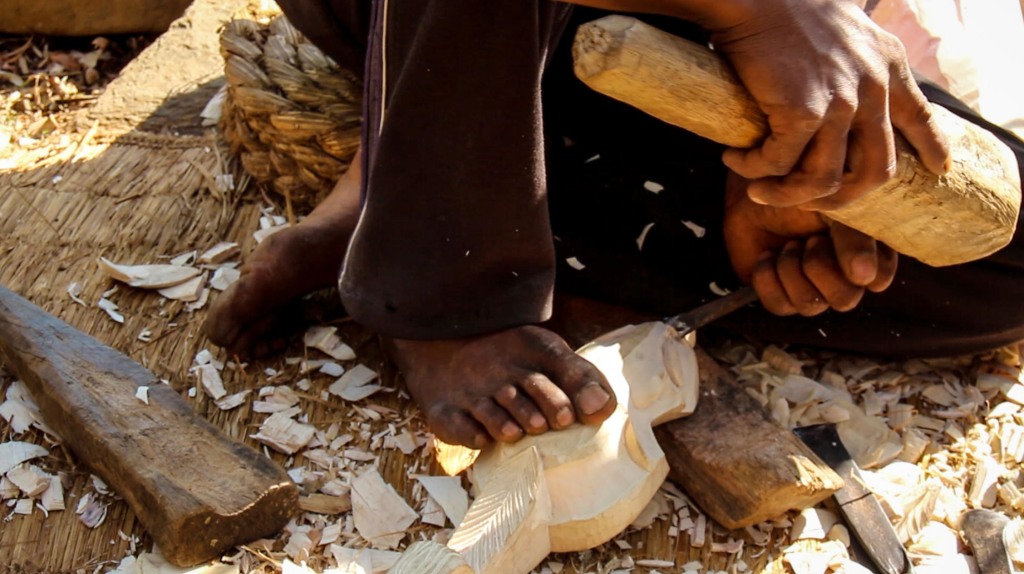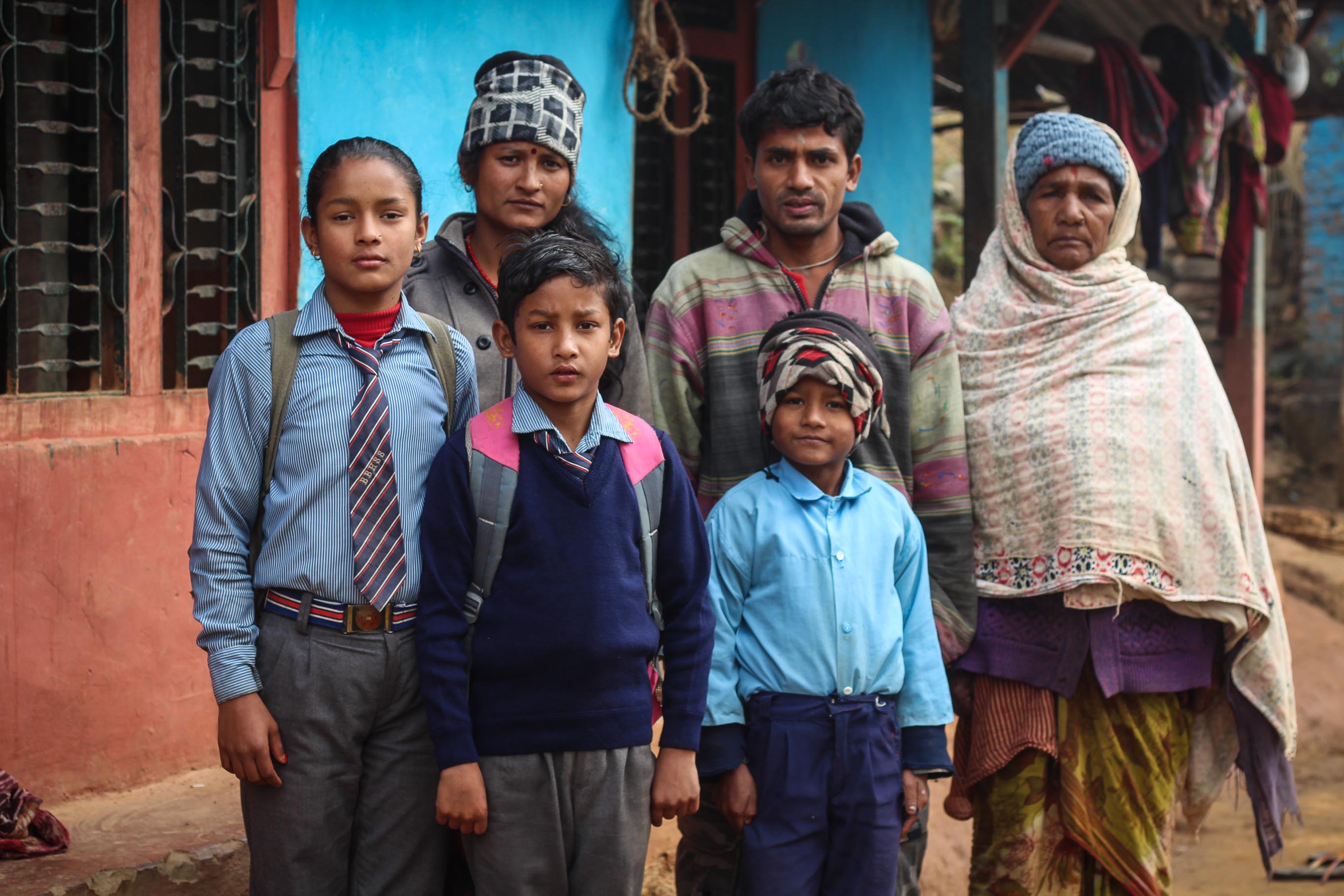
Ramchandra Gandharba is one of a dozen instrument salesmen who can found wandering the streets of Pokhara, a lakeside tourist hotspot in Nepal. They all sell the same instrument: a four-stringed traditional Nepali violin called a sarangi.
To the unknowing tourist, this instrument may serve as a simple wall decoration, or to remind them of an evening they spent in a tourist restaurant enjoying a cultural performance. However, the history of sarangis, as well as the people who have made and played them for centuries, is much more meaningful than that.
The Gandharva Caste
Nepal has over 100 castes, a hierarchical set of social classes that has influenced power and wealth for centuries. These castes have a long history in Nepal, and while current law has officially done-away with the system, social and economic remnants of the system are still evident.
Among the castes is one particularly unique, culturally rich group: The Gandharva, which is known as the musician’s caste, the “singing gypsies,” or as Ramchandra likes to refer to his ancestors, “traditional Nepali newspapers.” Traditionally, the Gandharva served a role of communication in society by distributing news across communities. Ramchandra describes how his father and grandfather used to go village-to-village to perform outside people’s homes. Listeners would offer rice, money, and cloth as payment for their songs, and this was the way the Gandarva survived. They were bringers of the news, relying on the charity of others to live.

Changing Times, Changing Ways
Ramchandra is proud of the role his ancestors played in musically distributing current events to the communities. However, he recognizes that the skill is no longer relevant, and that times have changed. “This was before newspapers, and internet, and cell phones,” he explains.
The 2001 census shows a steep decline in Gandharva participation in traditional occupations, having fallen from 70% to 19% in just 20 years.
Ramchandra, like many other sarangi musicians, has found another way to use his musical skills: sarangi sales to tourists. His home village of Tarkughat lies in jungle covered hills at the foot of the Himalayas, where he and several family members live close to one another. There, the men of the family spend their days cutting khirro trees in the jungle, and hand carving dozens of sarangis. Once 15-20 pieces are completed, Ramchandra embarks on the full day trip via three connecting buses to Pokhara, where he spends several weeks selling the instruments. Many of his friends have taken jobs performing at evening culture shows in tourist restaurants, but he has chosen not to in order to keep his schedule free for his religious practices, wife, and three children back home.
Ramachandra poses with his wife (left photo) three children, and mother (right photo) in front of his village home. Ramchandra must spends week, and even months away from his family while he travels into the city to sell instruments.
Selling sarangis is not the easiest job in the world, Ramchandra admitted, after an entire day with no sales. But he is content with his work. “This is my life. I’m very happy to sell. I’m ok. I take the money… enough for me, for my family. I am happy.”


